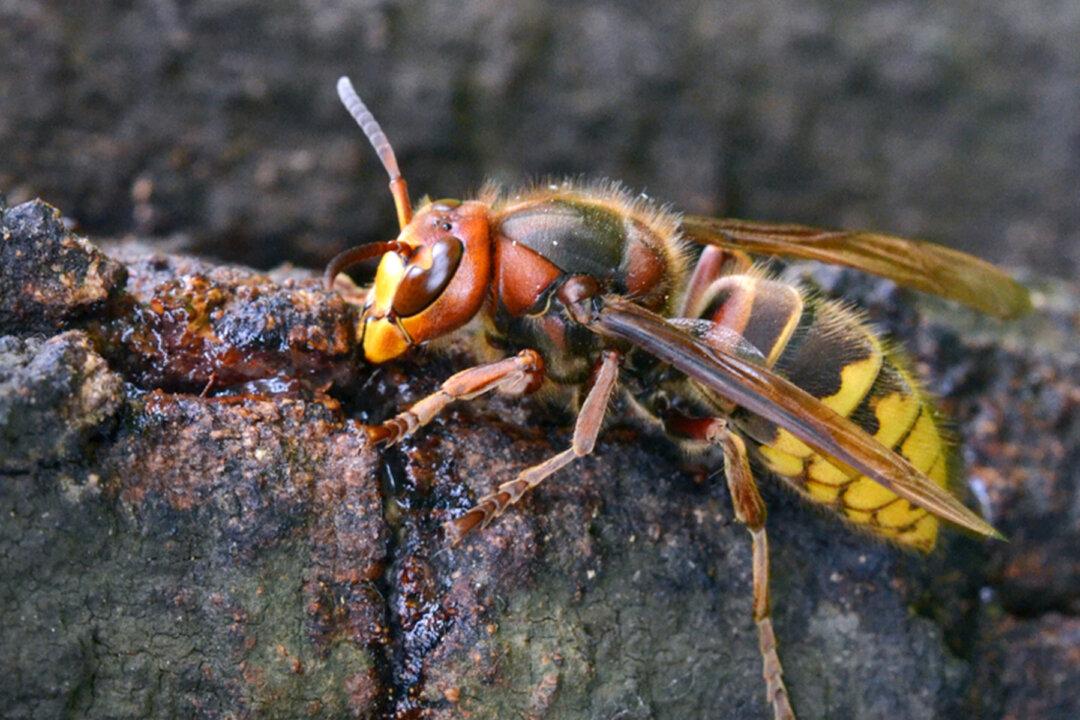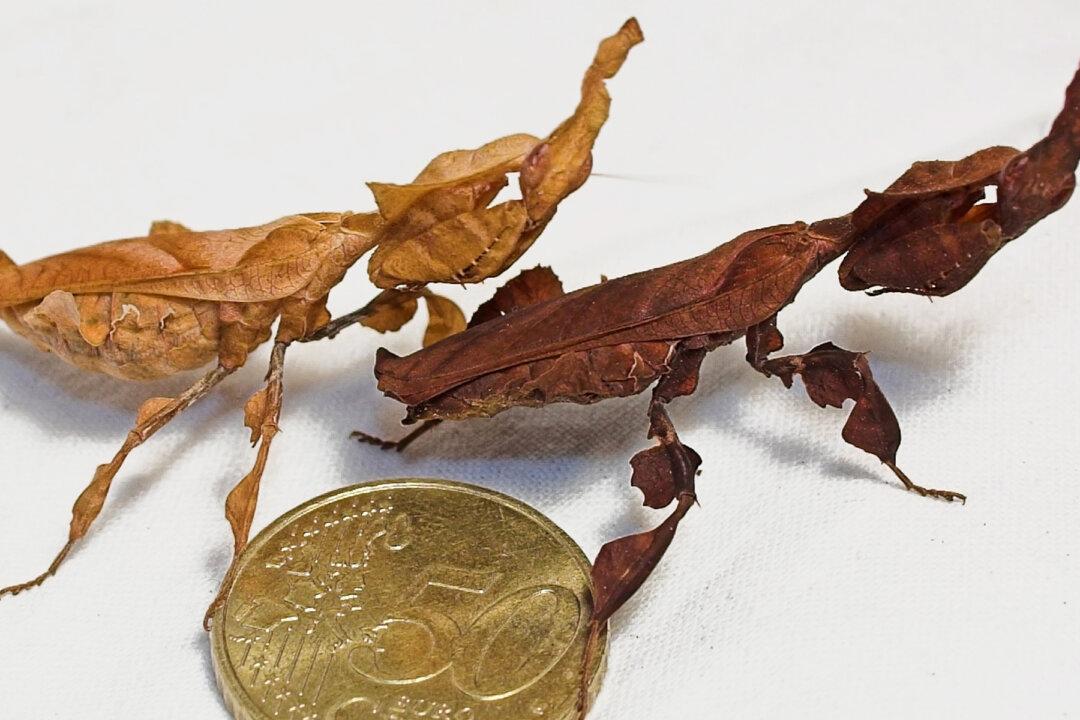Washington state is responding to the news that the Asian giant hornet, also known as the “murder hornet” due to its aggressiveness and potentially deadly stings, has arrived within its borders.
This startling species is provoking fear that already diminished honeybee populations might be in danger and raises concerns for human safety as well. Videos of the murder hornets (Vespa mandarinia) attacking people and animals have gone viral in recent days as Americans face off against the world’s largest hornet.




